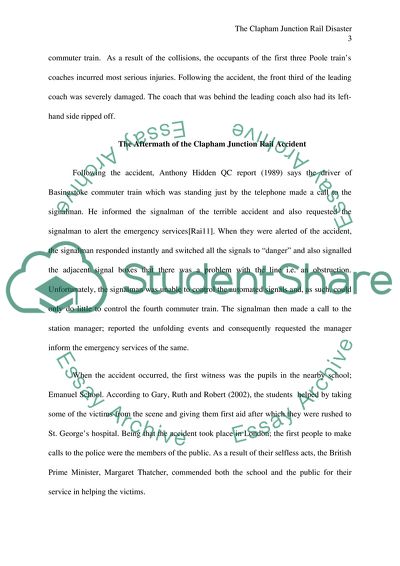Cite this document
(The Clapham Junction Rail Disaster Literature review, n.d.)
The Clapham Junction Rail Disaster Literature review. Retrieved from https://studentshare.org/miscellaneous/1842183-the-aftermath-and-the-findings-of-the-report-on-theclapham-junction-rail-disaster
The Clapham Junction Rail Disaster Literature review. Retrieved from https://studentshare.org/miscellaneous/1842183-the-aftermath-and-the-findings-of-the-report-on-theclapham-junction-rail-disaster
(The Clapham Junction Rail Disaster Literature Review)
The Clapham Junction Rail Disaster Literature Review. https://studentshare.org/miscellaneous/1842183-the-aftermath-and-the-findings-of-the-report-on-theclapham-junction-rail-disaster.
The Clapham Junction Rail Disaster Literature Review. https://studentshare.org/miscellaneous/1842183-the-aftermath-and-the-findings-of-the-report-on-theclapham-junction-rail-disaster.
“The Clapham Junction Rail Disaster Literature Review”, n.d. https://studentshare.org/miscellaneous/1842183-the-aftermath-and-the-findings-of-the-report-on-theclapham-junction-rail-disaster.


